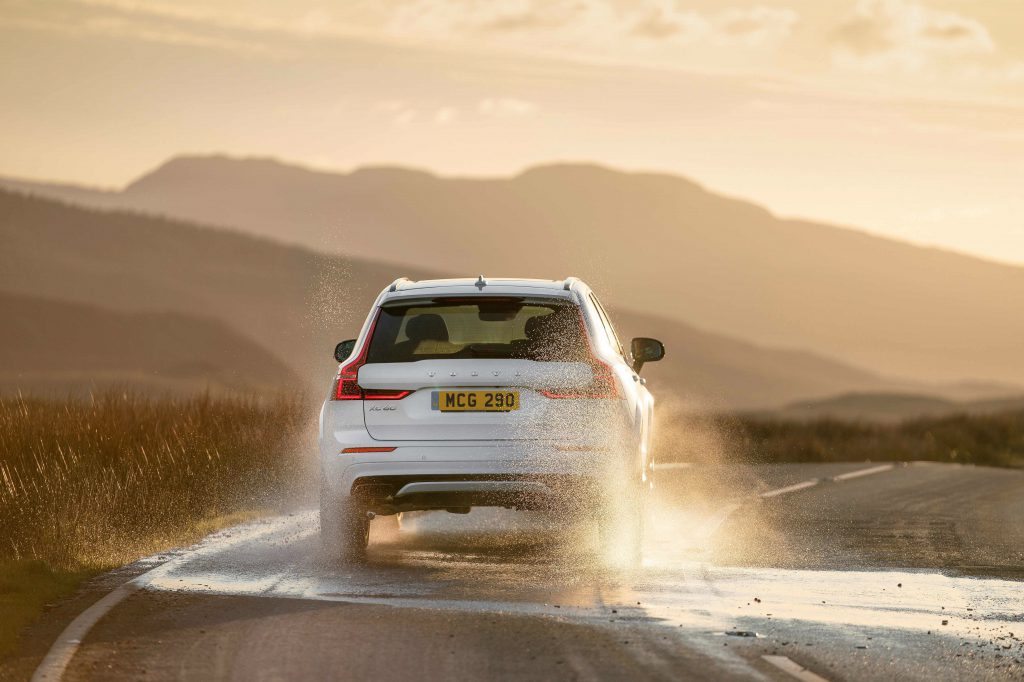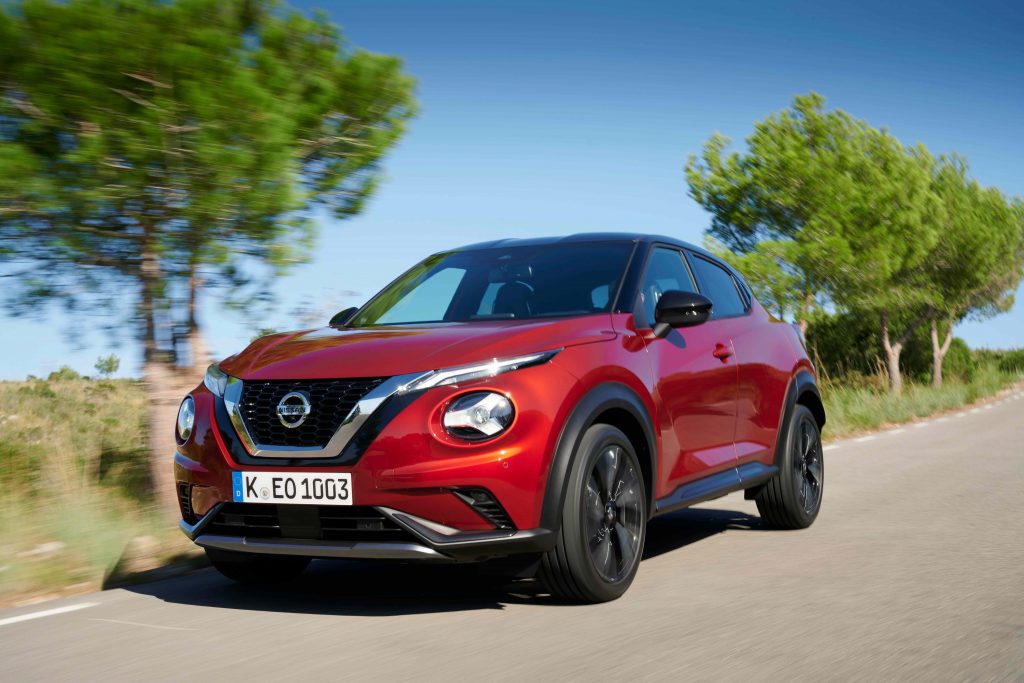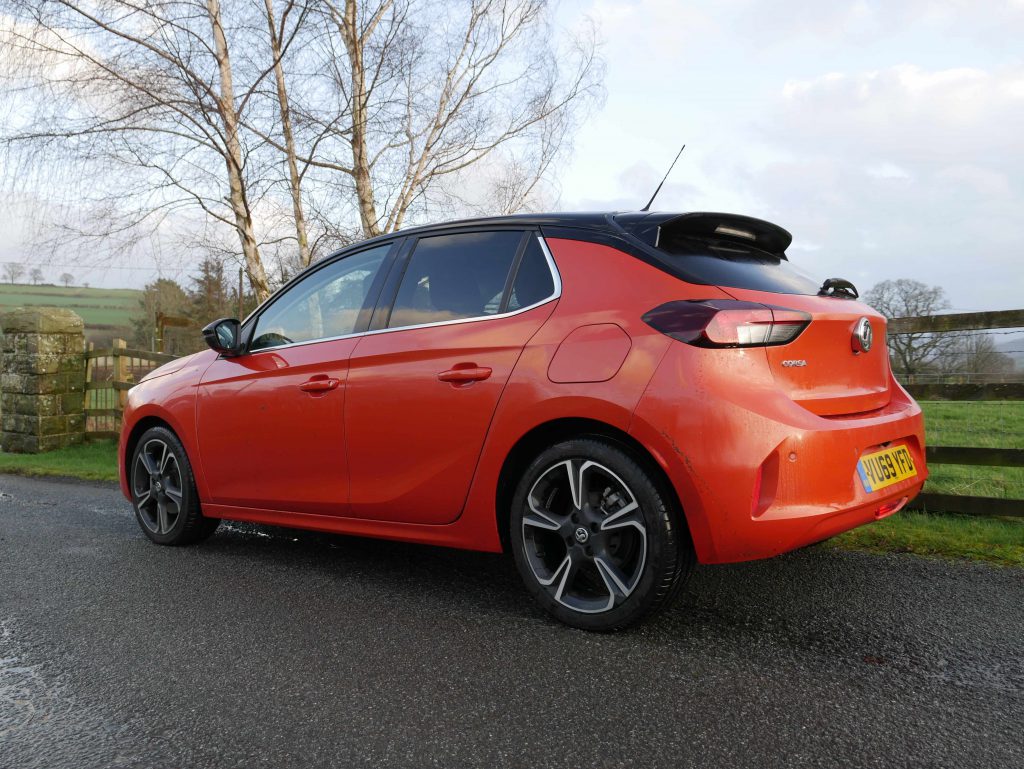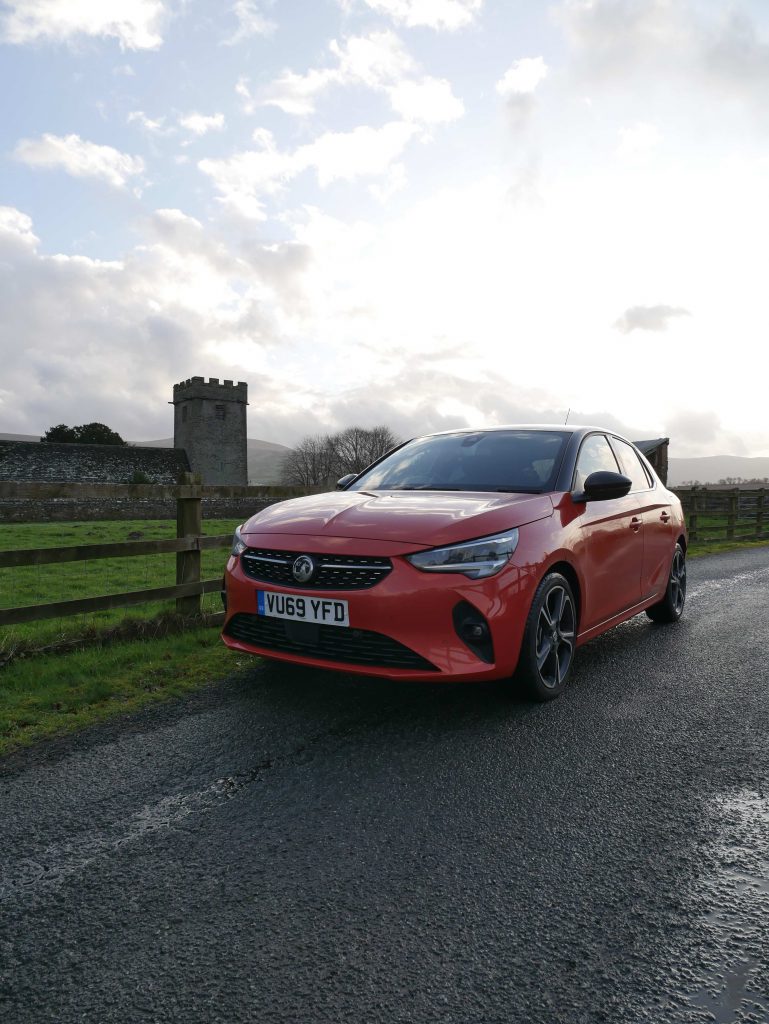
Volvo XC60 T8 Twin Engine Polestar Engineered
By Nigel Wigmore
A MYRIAD and sometimes mystifying choice of engines, body and interior specifica- tions is on offer to new car buyers today.
The emphasis now of course is on sales of all-electric cars. This has been given fresh impetus by the Green Alliance think tank’s suggestion that the 2040 ban on new diesel and petrol car sales be brought forward by a decade.
Meanwhile, back in the 2020 world of cars, this week I have been driving a Volvo XC60 SUV (sport utility vehicle) powered by one of a new mild-hybrid range of engines.
It has a diesel designated B5, combines an established 2.0-litre 235hp diesel engine with a 48-volt battery, a “kinetic energy recovery system” and an integrated starter generator. Volvo says the system improves fuel economy by up to 15 per cent in “real-world driving” terms and produces lower NOx emissions. Continue reading




